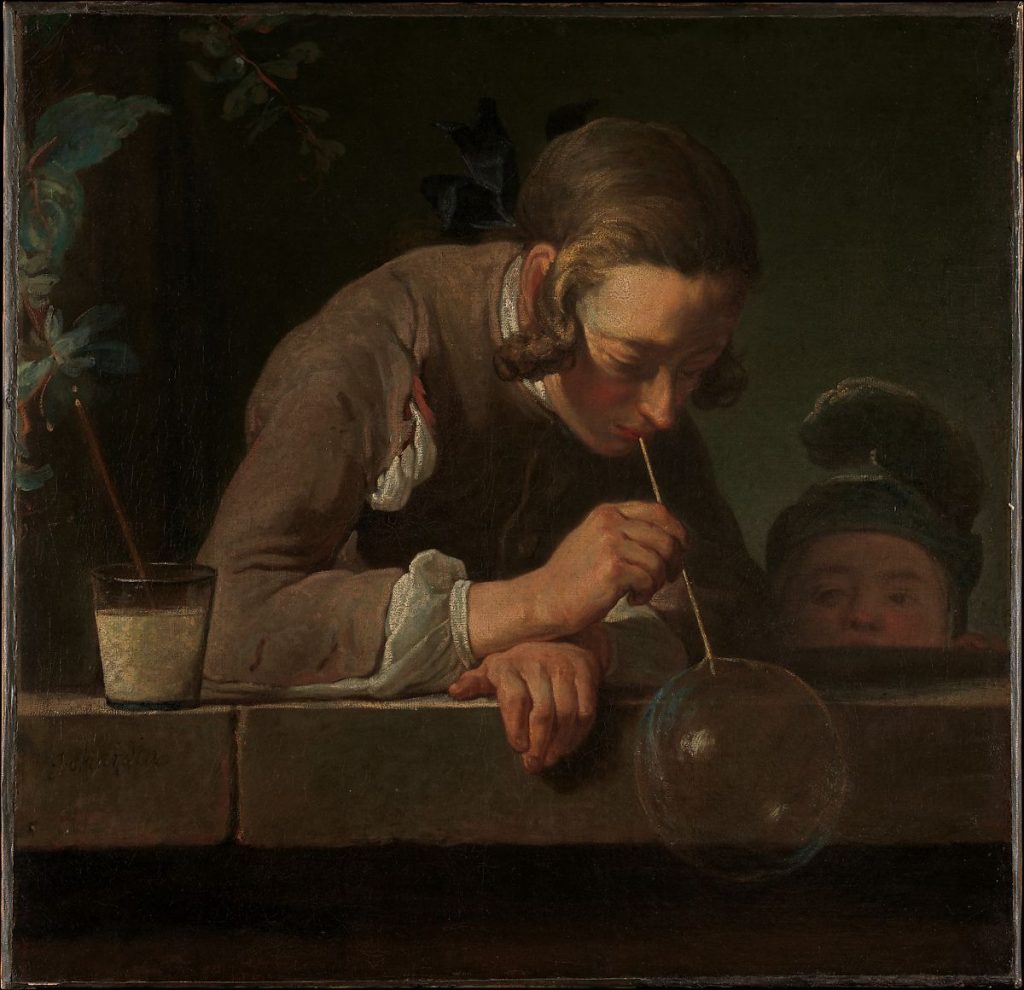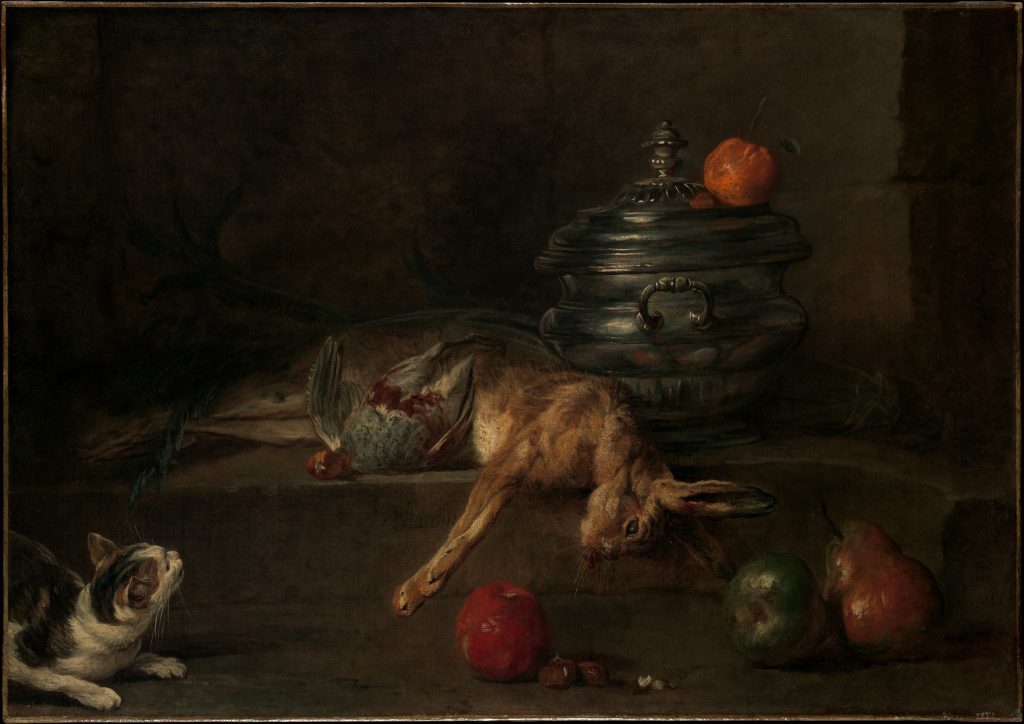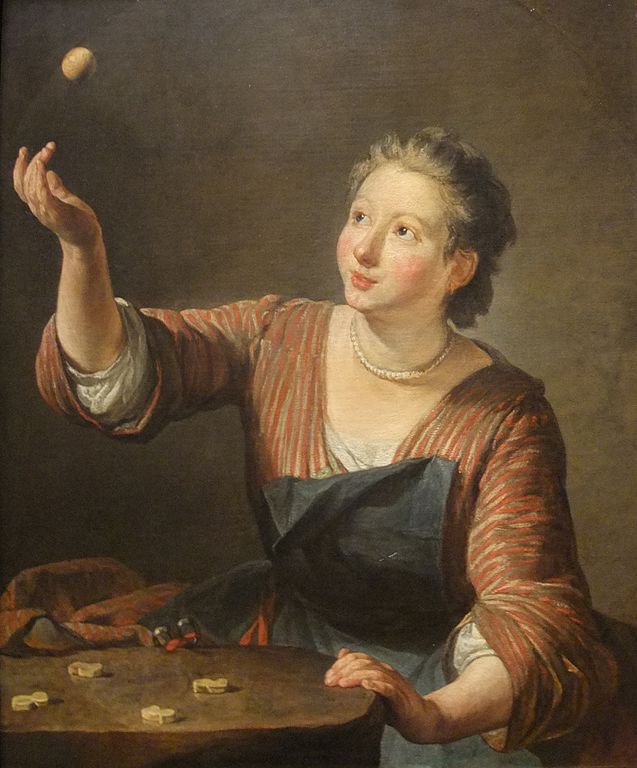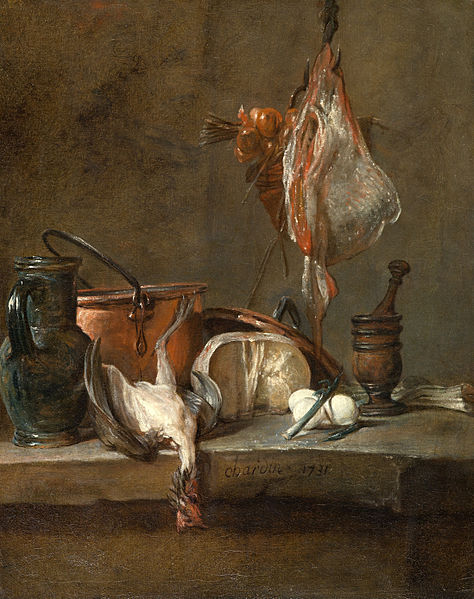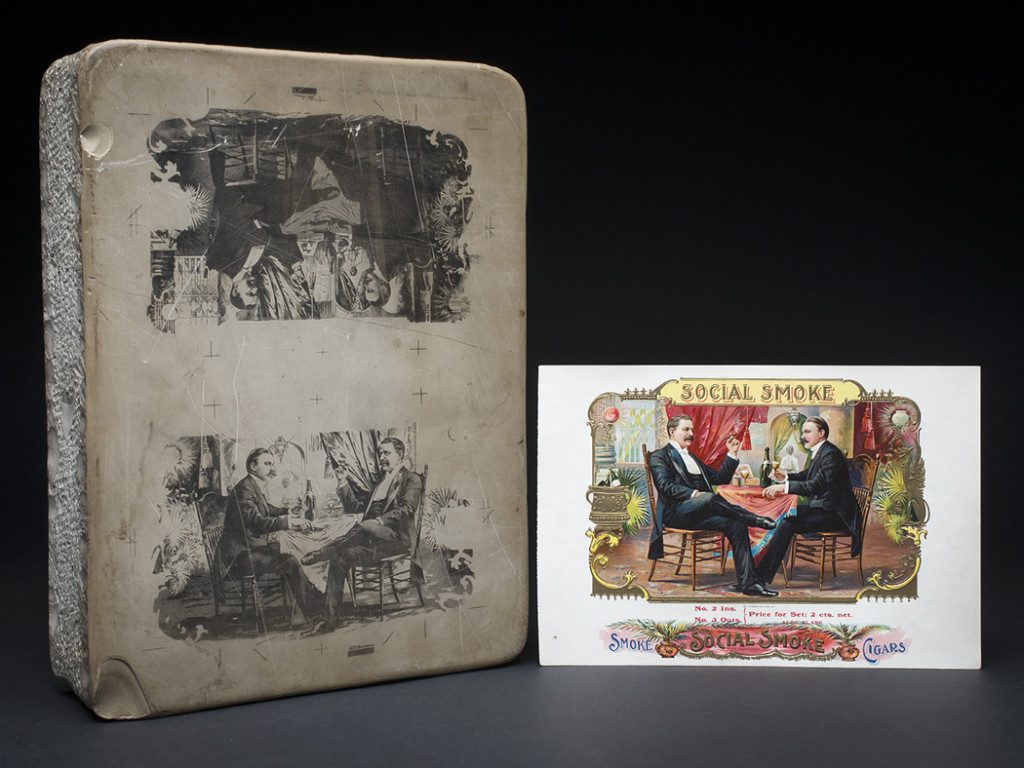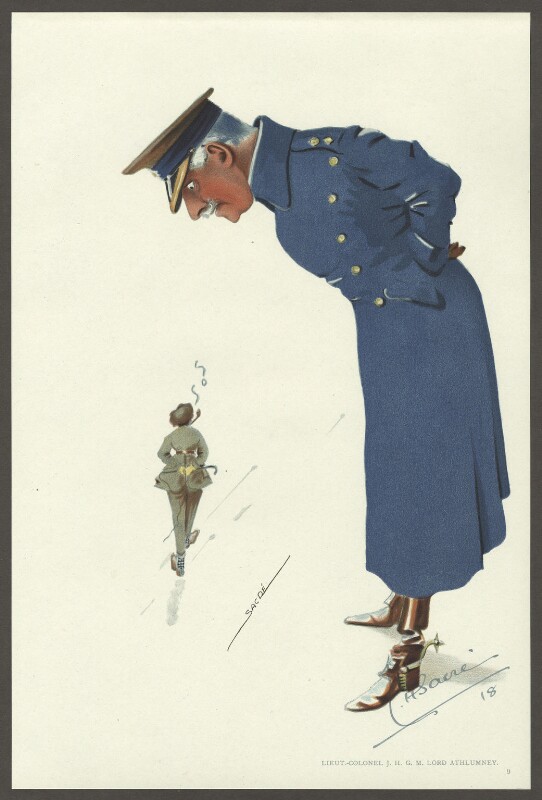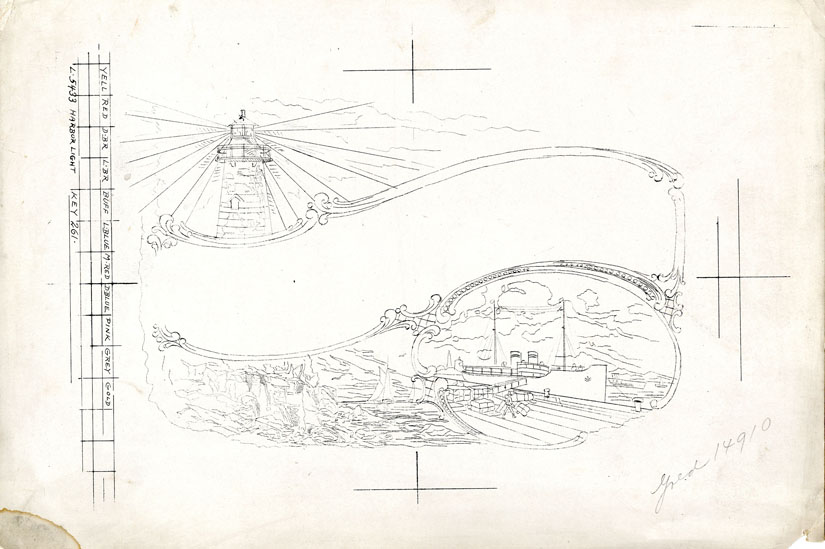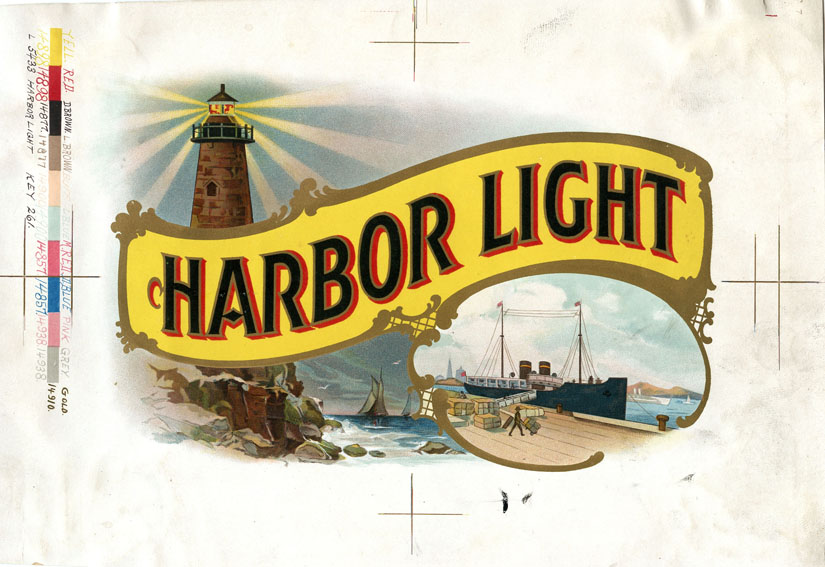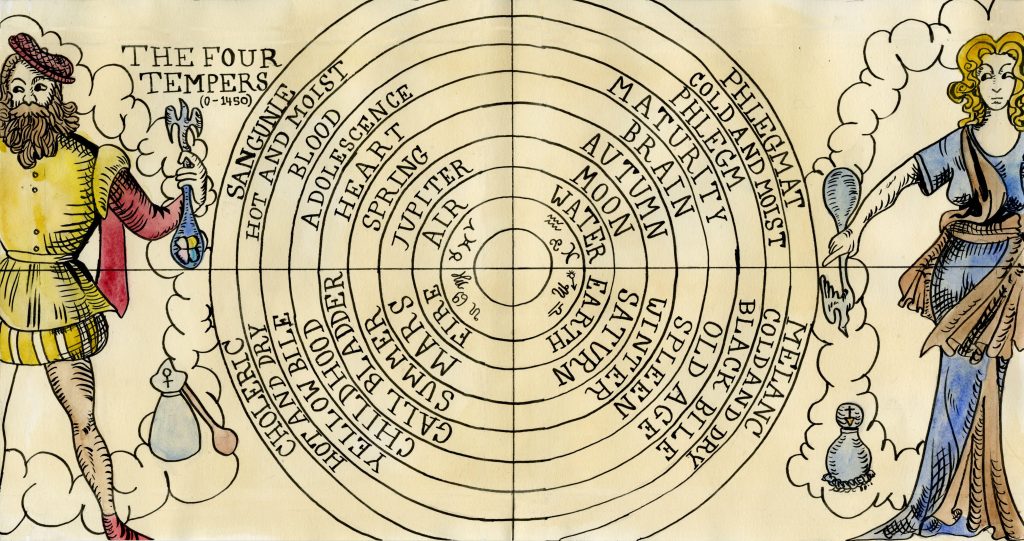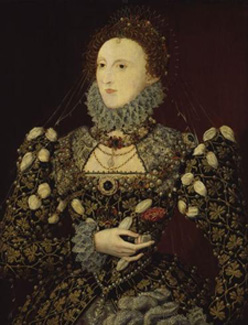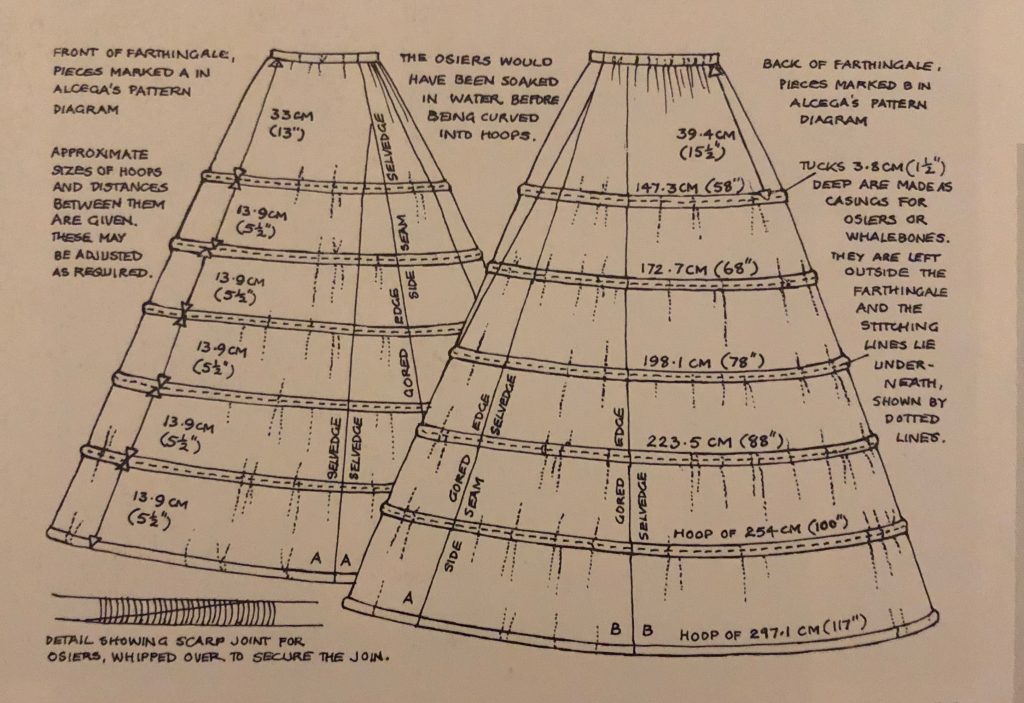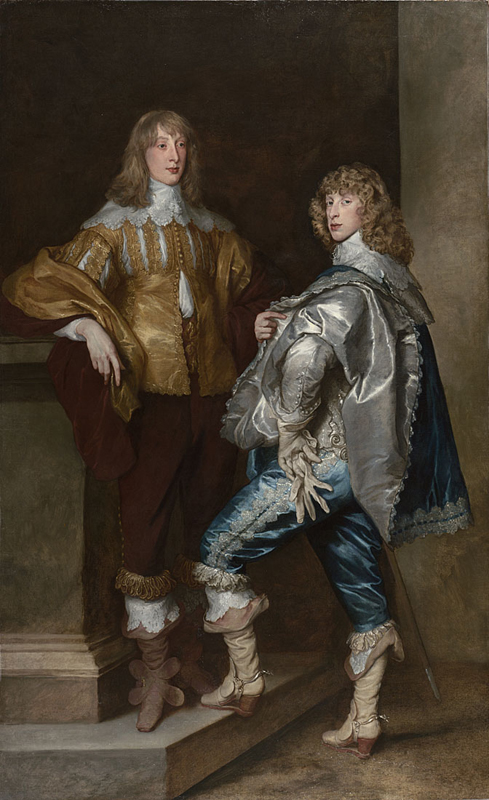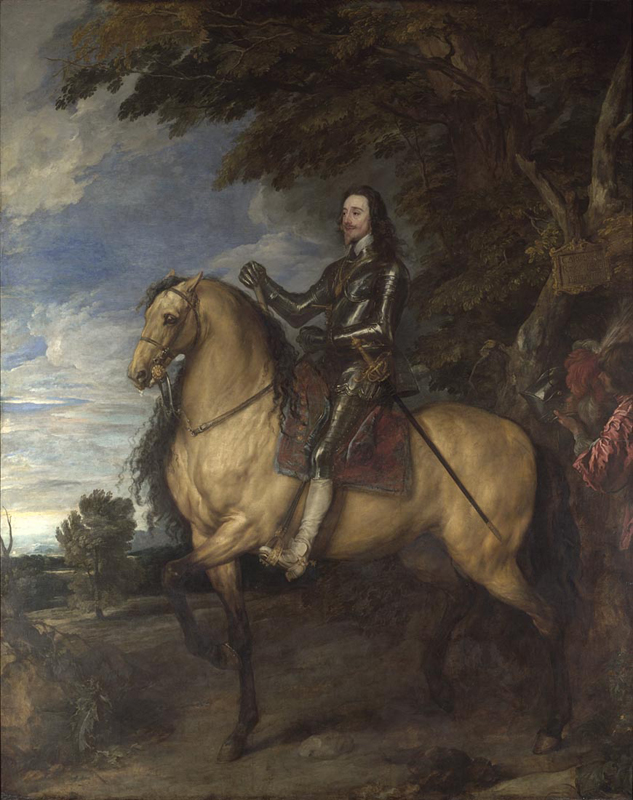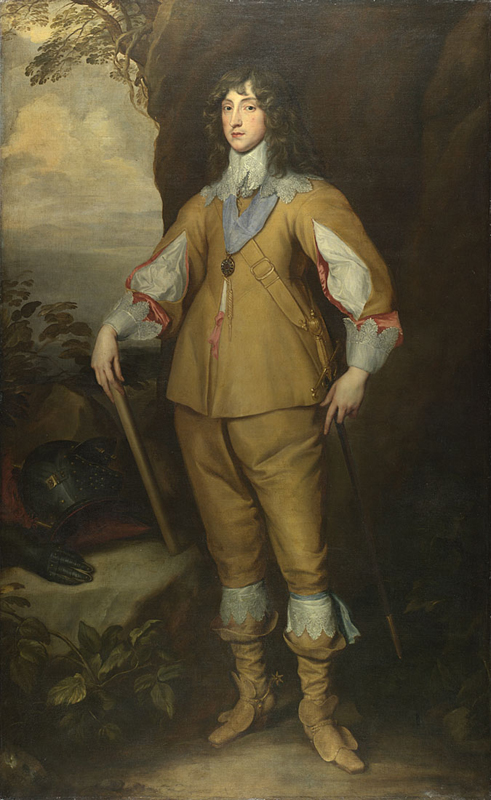Jean-Baptiste Chardin was born in 1699, in Paris, France. His work was oil portaits and still lifes of everyday objects and people, and he is considered the master of still lifes. Chardin worked with Pierre-Jacques Cazes and Noël-Nicolas Coypel and attended the Academy of Saint Luc. In 1728, he became a member of the Royal Academy of Painting thanks to Nicolas de Largillière. Later on in his life, his work was shown to Louis XV, and he was paid 1500 livres (about $1936 USD) for his painting Lady with a bird organ. Chardin was also made officially responsible for the hanging pieces in the academy Salon to showcase paintings. Unfortunately, the later years of his life were not successful and he faced many misfortunes including the loss of his eyesight and the loss of his only son to suicide in 1767. His work was no longer well-sought after because of the changing public opinion. It wasn’t until later on in 19th century that his work was found by critics Edmond and Jules de Goncourt, who brought Chardin back out of obscurity and placed his works in the Louvre.
Chardin’s still lifes and portraits are described as “luminous” and “visceral” due to his use of light and his subjects of dead animals. He painted many fish, rabbits, and chicken that had been slaughtered and were either handing or slumped on a table. The suspension of the animals and the detail he put into their wounds gives the viewer a very striking reaction. These still lifes also give a sense of anticipation, I wonder if the fish hanging is swinging back and forth or if the animals will be eaten soon after or if they are going to fall off the table they are leaning off of. The same happens with his portraits, the subjects in his portraits are blowing bubbles, washing clothes, and throwing objects. The anticipation is when the bubble will burst, or when the ball will begin to fall from its point in the air.

